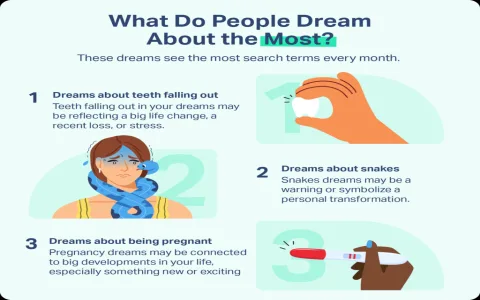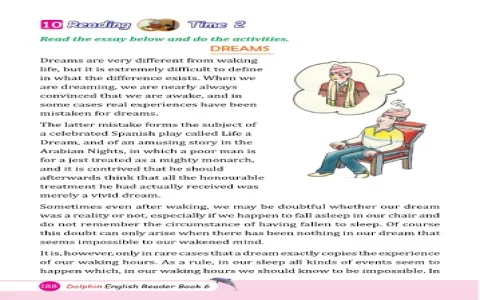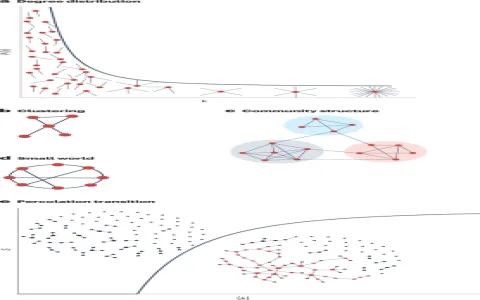Man, let me tell you something. When I first started having that mango tree dream, I thought I was losing it. I’ve always been a practical guy, right? I build things, I fix things. Dreams are just brain garbage. But this wasn’t just brain garbage; this was a persistent, aggressive, and frankly, annoying visual that kept popping up right when I needed sleep the most. It wasn’t a relaxing dream, either. It was this gigantic, almost menacing mango tree, loaded down with the ripest, most perfect fruit you’ve ever seen. But every time I reached for one, the branch snapped, or the fruit fell into sludge. Every single time.
For about three months, I ignored that noise. I tried sleeping on my side. I tried herbal tea. I even changed my mattress. Nothing worked. And guess what? My life outside of sleep started mirroring the dream exactly. I was stuck in a soul-crushing job, pouring all my energy into projects that looked great on paper but fell apart the second I tried to finalize them. It was the same feeling: ripe opportunity, immediate failure. I was hitting walls everywhere. My bank account was constantly draining. I was doing all the right moves, grinding hard, but getting zero reward. I felt trapped.
The Critical Shift: Documenting the Obvious
I finally hit a point where I was so broke and so frustrated, I figured I had nothing to lose by acting crazy. My wife, bless her heart, told me, “You’re acting like a lunatic, so why not try listening to the dream lunatic?” That was my starting gun. I decided to treat the dream not as a random event, but as a leak in my system. I started what I called the ‘Mango Log.’
This wasn’t some airy-fairy journal. This was hardcore data gathering. Every morning, I immediately scribbled down:
- The Dream State: Was the mango ripe? Was the tree stable? Was I angry?
- The Waking State: What was the first negative thought I had? What was the first concrete failure of the day (even small stuff, like burnt toast or missing a red light)?
- The Real-Life Mangoes: Where did I see or encounter the concept of ‘abundance’ or ‘potential’ that day, and did it feel unattainable?
I committed to this practice. I tracked it for six weeks straight. It felt stupid, honestly. I was logging my life around a freaking fruit tree.
But then, about week five, a pattern smacked me right in the face. The common thread wasn’t the mangoes themselves—mangoes symbolize abundance, right?—the common thread was the root system and the reaching. I was reaching for abundance, but the tree (my career structure) was unsound. The structure I was operating in was toxic and fragile. The dream wasn’t telling me I couldn’t have success; it was screaming that the foundation I was trying to build success upon was rotten.
The Realization: Tearing Down the Rotten Structure
I had been working for ten years helping some massive corporation peddle cheap plastic widgets. Stability? Yes. Fulfillment? Zero. My destiny, the dream was shouting, wasn’t about harvesting the mangoes from that tree. It was about planting my own tree in better soil.
This realization was powerful. It wasn’t philosophical; it was actionable. I quit that job three days later. Just walked out. My boss was freaking out, demanding to know where I was going. I just told him, “I found better soil.”
I had zero plan, mimicking the desperation I saw in the Chinese example—I had to pull myself up by sheer force of will. But because I had rigorously documented what “unstable roots” looked like, I knew exactly what to avoid next. I decided to pivot entirely and start a small consultancy, working for myself. No giant corporate structure, just direct, immediate results for clients. I was the tree, and the soil was the direct relationship with people who valued my time.
The Outcome: Finding the Destiny and Sharing the Process
The change wasn’t instant riches, come on. But the moment I made that commitment to new ground, the dream changed. The tree was still there, but now, when I reached for a mango, the branch held firm. It was heavy, and I had to work to pull it off, but it came off clean, ripe, and satisfying. The dream became my barometer.
Today, my business is thriving. I’m doing work I actually care about. If I hadn’t been forced into that obsessive documentation process—which felt ridiculous at the time—I would still be sitting under that corporate tree, watching ripe fruit fall into the mud, convinced that I was the problem.
So, here’s the lesson, guys: don’t dismiss that persistent, weird subconscious nagging. If a stupid mango tree keeps haunting your sleep, it’s not just a random image; it’s a critical indicator. Your mind is trying to solve a problem your waking self is too scared to admit exists. Track it. Document the connections. Don’t look for magical answers; look for patterns between the internal symbolism and your external results. Your destiny isn’t going to be handed to you; you have to physically stand up, see which roots are rotten, and rip them out yourself. That’s the only practice that works.














